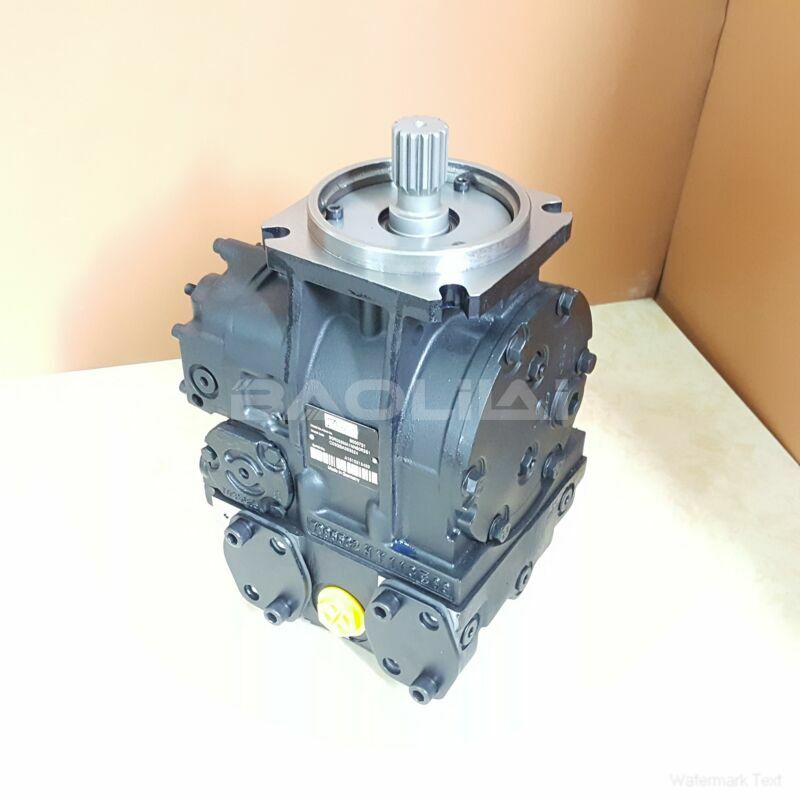90L180KP2NN80TCF1H03FAC353524 sauer danfoss pump
90L180KP2NN80TCF1H03FAC353524 sauer danfoss pump

- Product Details
- Applicable Scene
Hydraulic dredging systems are essential for the excavation and removal of materials from underwater environments, such as rivers, lakes, and construction sites. A critical component of these systems is the hydraulic pump, which driving the hydraulic machinery that allows effective dredging. Understanding how to use hydraulic pumps correctly can significantly enhance the efficiency and effectiveness of dredging operations. This article provides an overview of hydraulic pump operation in hydraulic dredging systems.
90-L-180-KP-2-NN-80-T-C-F1-H-03-FAC-35-35-24
90L180KP2NN80TCF1H03FAC353524
Firstly, it is essential to identify the type of hydraulic pump suitable for your dredging system. The two common types are gear pumps and piston pumps. Gear pumps are typically used for low-pressure applications, while piston pumps are suited for high-pressure operations. Choosing the right pump depends on the required flow rate, pressure, and the type of material being dredged.

80001675
Once the appropriate pump is selected, it is crucial to understand its specifications and capabilities. Familiarize yourself with the pump’s flow rate, pressure ratings, and the hydraulic fluid compatibility. These parameters will ensure that the pump operates within its designed limits, preventing damage and ensuring optimal performance.
Next, proper installation of the hydraulic pump is vital. Ensure that the pump is mounted securely and aligned correctly with the motor and piping. This prevents mechanical stress and wear that could lead to premature failure. Additionally, ensure that all connections are sealed to avoid hydraulic fluid leaks, which can be hazardous and lead to efficiency losses.
After installation, it is important to maintain the hydraulic system regularly. This includes checking fluid levels and conditions, replacing filters, and inspecting hoses for any signs of wear or damage. Regular maintenance helps to identify and rectify potential issues before they escalate, ensuring the system remains operational and safe.
When operating the hydraulic pump, always follow safety protocols. Operators should wear appropriate personal protective equipment (PPE) and have a clear understanding of the pump’s operation manual. Monitor the system’s pressure gauges and flow meters to ensure the pump is functioning within the desired parameters.





